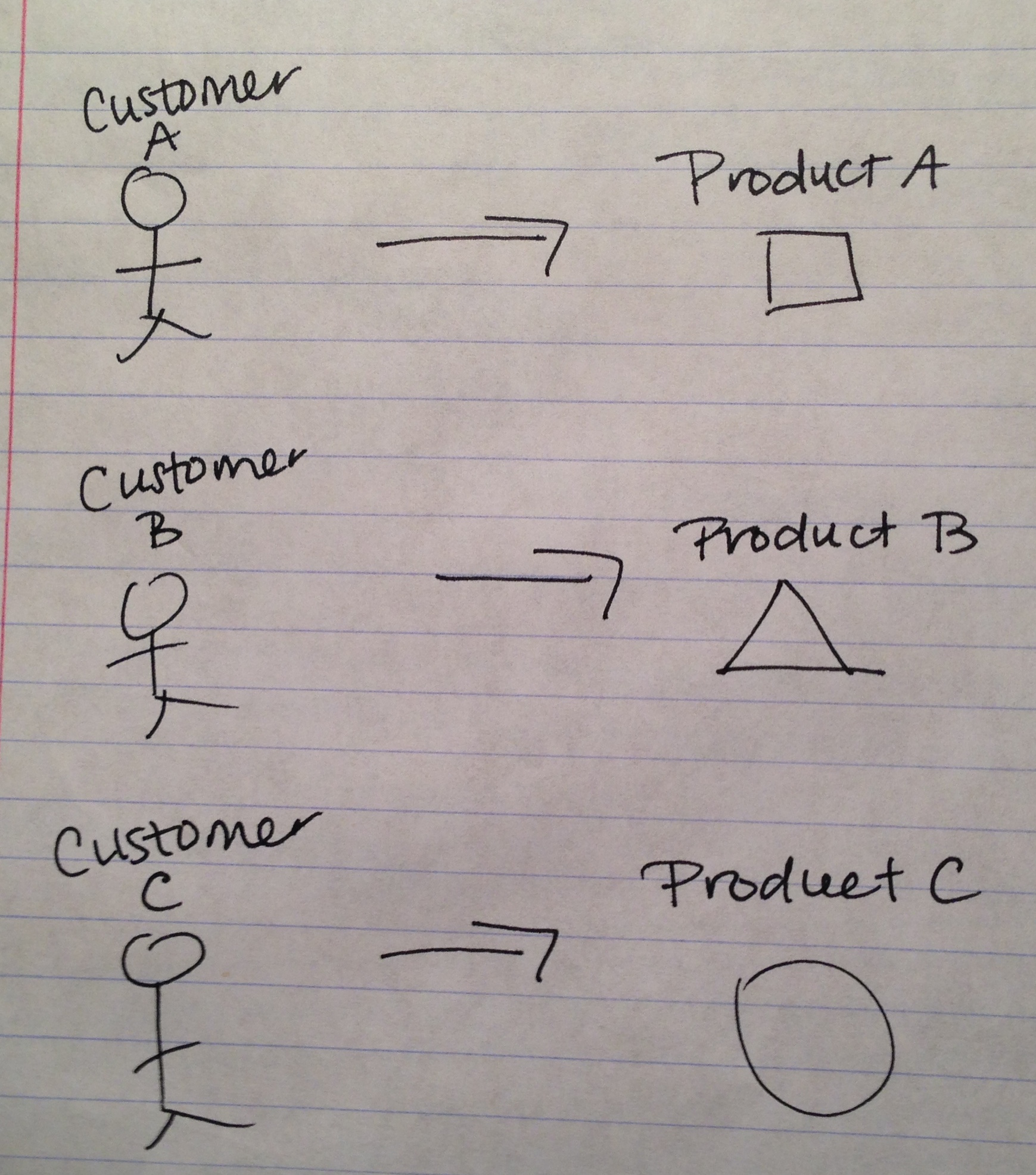A. Introduction
There is something alarming about the amount of time, effort and money companies spend while serving their B2B customers and yet are left wondering why they still lose business. Many believe their biggest account or key customer has left because due to:
- Worsening economic conditions
- Aggressive dual sourcing
- Change in purchasing agents
- Competition under cutting price
- Unexpected new competitors entering the market
But do they really know the root cause of lost sales?
Or for that matter, why sales have gone up unexpectedly in certain sales territories, geographic markets or channels?
We have found in our work with global clients that chose to dive into the WHY – that the root cause of lost sales usually centers on a poor understanding of customers’ needs. Or put another way, their customers’ needs have evolved and they have not made the course correction or capability reset on how they should now be served.
When we ask for the reasoning or criteria behind their current market segments, in many cases we are shown that - other than geography - they have the usual A, B, and C system for dividing up accounts, which at some point represented some segmenting rationale but does not seem to support or drive priorities for their distinct needs today.
B. The Impact of Poor Segmentation
Poor segmentation has a negative impact on profit. What happens, is that revenue slips due to lost volume or generic “cost plus one-size-fits-all pricing,” while the cost to serve has remained the same.
Without having well-reasoned, sharp, distinct segments where offerings are tailored to need, purchase criteria to selling approach, and marketing message to buyer decision priorities– you can’t expect much to change. Nor can you effectively pinpoint capabilities to invest in and build.
C. 3 Steps You Can Take Now to Fix It
1. Ensure Customer Segments are Distinct and the Reasoning is Visible
Relevant segmenting is dividing, based on sharp distinctions, your customers or markets into meaningful categories – ones that share needs and can best be met by your company’s capabilities. It is directly linked to the health of your company’s bottom line. At the vary least you should start out with some combination of these factors for segmentation:

-
Market size - $ and units
-
Growth - $ and units
-
Net Margin (not Gross margin)
-
Geography
-
Complexity of Sale / Buyer Type
-
Key Buying Attributes (prioritized) e.g. Quality, Price, Performance
-
Internal Capabilities Required to Deliver Attributes
-
Ability to Differentiate (do something unique and valuable) from Competition
Next, critically evaluate your current segments by gathering your leadership team and having them outline and prioritize the buying behaviors per product / market segment as to why customers buy – and if the selling and marketing propositions align to this. And most importantly – are key projects and future investments targeted at furthering how you separate your offerings from the competition? You should be able to answer these questions:
- Are we serving the customers we should be?
- Who should we not be serving any longer?
- Are customers buying for the same reasons we think we are selling to them?
Then, based on the learning’s from above validate current segments that make sense – relative to the criteria - and reset those that do not offer sharp distinctions. Most importantly, ensure you are offering customer segments the products, services or bundles that they truly want to pay for.
Conclusion
Strengthening your segmentation, making visible the criteria for why we serve or not serve them, and directing capability investments to drive differentiation on priority customers– are key to winning back profits.
To share your insights or learn more about customer segmentation in the context of decision-making and strategy please contact me directly.




